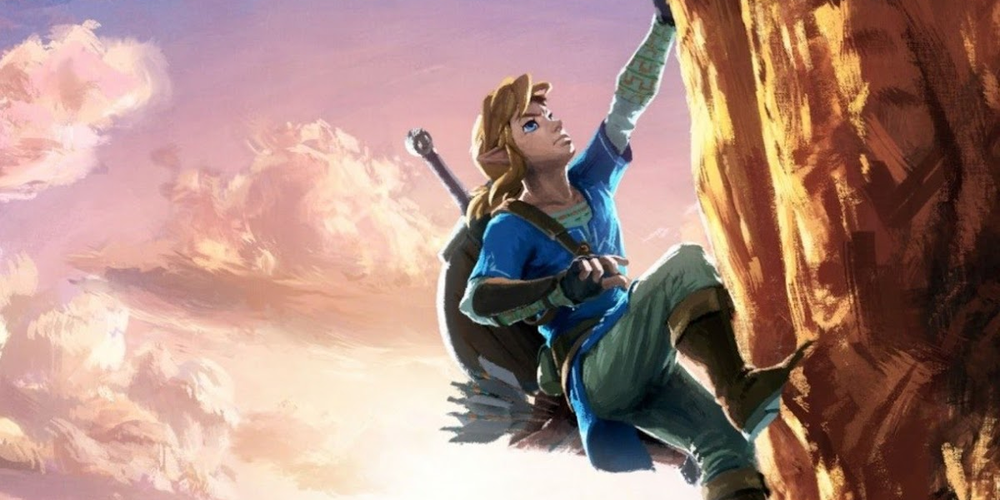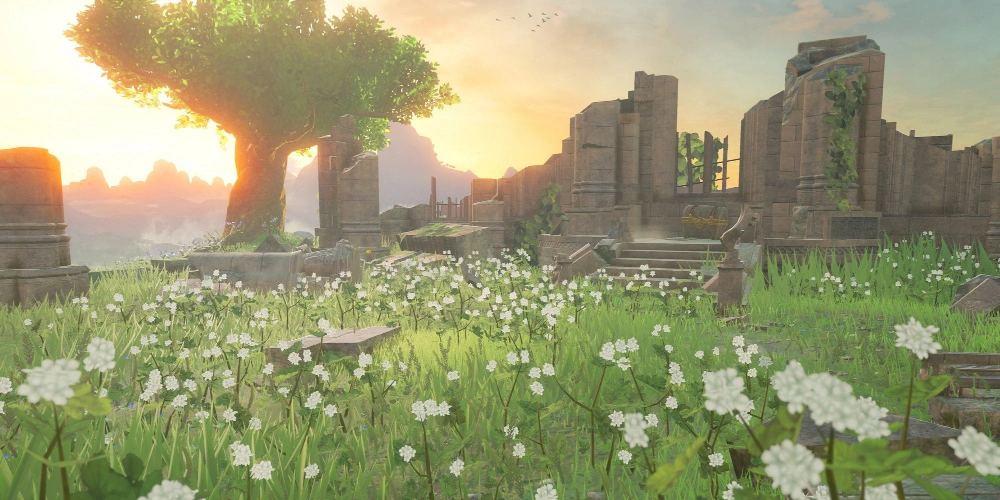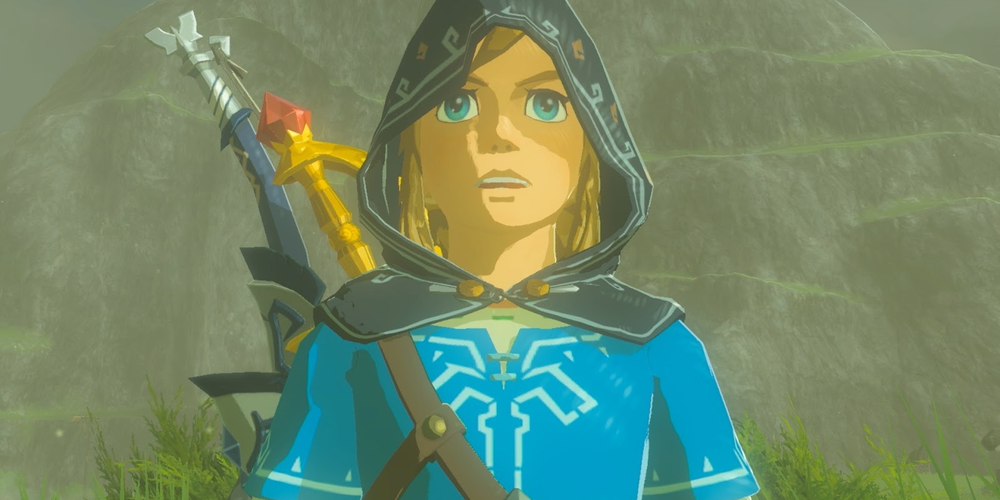Revolutionizing the Open-World: "The Legend of Zelda: Breath of the Wild"
- 43

In the vast and ever-expanding universe of video games, few titles have managed to redefine their genre quite like "The Legend of Zelda: Breath of the Wild". Launched in 2017 as a flagship title for the Nintendo Switch, it not only set new benchmarks for open-world games but also reimagined the beloved Zelda franchise for a new generation. By breaking away from traditional conventions, it introduced innovative gameplay mechanics, a focus on exploration and puzzle-solving, and a world that encouraged players to embrace challenges. This piece explores the transformative impact of "Breath of the Wild" on the open-world gaming genre and its enduring appeal to players worldwide.
Innovative Gameplay Mechanics
At the heart of "Breath of the Wild" lies its groundbreaking approach to gameplay. Unlike previous iterations of the series, which followed a more linear progression, this title throws players into a vast, open world with the freedom to explore at their own pace. The game's physics engine introduces a level of interactivity and realism rarely seen in the genre. Elements like dynamic weather, a day-night cycle, and environmental hazards are not just cosmetic; they affect gameplay in significant ways. Players must adapt to these conditions, using them to their advantage or finding ways to mitigate their impact.

One of the most praised aspects is the game's approach to problem-solving. Puzzles in "Breath of the Wild" do not have single solutions. Instead, the game encourages creativity and experimentation, rewarding players for thinking outside the box. This flexibility extends to combat as well, where players can combine weapons, environmental objects, and elemental powers in inventive ways to overcome adversaries.
Exploration Redefined
Exploration in "Breath of the Wild" is not just a means to an end but a core aspect of the gameplay experience. The vast landscape of Hyrule is filled with mysteries, hidden treasures, and challenges that beckon players to venture beyond the horizon. The game eschews traditional waypoints, instead encouraging players to use landmarks, intuition, and curiosity to guide their journey. This sense of freedom and discovery is further enhanced by the game's minimalistic approach to guidance, allowing players to uncover the world's secrets at their own pace.
Moreover, the game's climbing mechanic fundamentally changes how players interact with the environment. Virtually no mountain is too high, no valley too deep, fostering a sense of boundless exploration. This mechanic, combined with the paraglider, opens up the world in unprecedented ways, making the act of traversal as engaging as the destinations themselves.
Puzzle-Solving Brilliance

"Puzzle-solving" in "Breath of the Wild" is a testament to the game's ingenious design. The various Shrines spread throughout Hyrule present concise, standalone puzzles that require players to engage in thoughtful and inventive problem-solving. These puzzles leverage the game's physics engine and elemental mechanics, requiring players to manipulate their environment in novel ways. The satisfaction of solving these puzzles lies not just in the achievement itself but in the myriad ways players can arrive at a solution.
Furthermore, the game's four Divine Beasts represent larger, more complex puzzle challenges that integrate combat, exploration, and problem-solving in a seamless narrative context. These dungeons are masterclasses in design, offering a perfect blend of the game's core mechanics while advancing the overarching story.
Embracing Failure and Striving for Mastery
One of "Breath of the Wild's" most compelling aspects is its unapologetic embrace of difficulty and failure. Players are thrust into a realm where threats hide in every shadow, and there's no assurance of survival. This unforgiving environment might seem daunting, but it serves a crucial purpose: it teaches resilience. Each failure is a learning opportunity, encouraging players to reassess their strategies, experiment with new approaches, and ultimately grow more adept at navigating the challenges of Hyrule.

This cycle of trial, error, and success creates a deeply rewarding gameplay experience, driving players to strive for mastery. It's a testament to the game's design that, despite its difficulty, players are compelled to keep exploring, fighting, and solving puzzles. The sense of accomplishment derived from overcoming a tough enemy encampment or solving a complex shrine puzzle is unparalleled, fostering a genuine connection between the player and the game world.
Conclusion
"The Legend of Zelda: Breath of the Wild" stands as a monumental achievement in the realm of open-world gaming. By diverging from traditional game design norms, it has revolutionized the way players engage with combat, exploration, and puzzle-solving within a vast, interactive environment. Its pioneering gameplay elements, focus on discovery, and inventive approach to challenges have established a new benchmark in the field. More than that, it demonstrates the profound satisfaction found in overcoming obstacles and perfecting one's skills. As adventurers continue to delve into the depths of Hyrule, it becomes evident that "Breath of the Wild" is not just a triumph in game development but a blueprint for future titles, ensuring its influence will resonate for years to come.